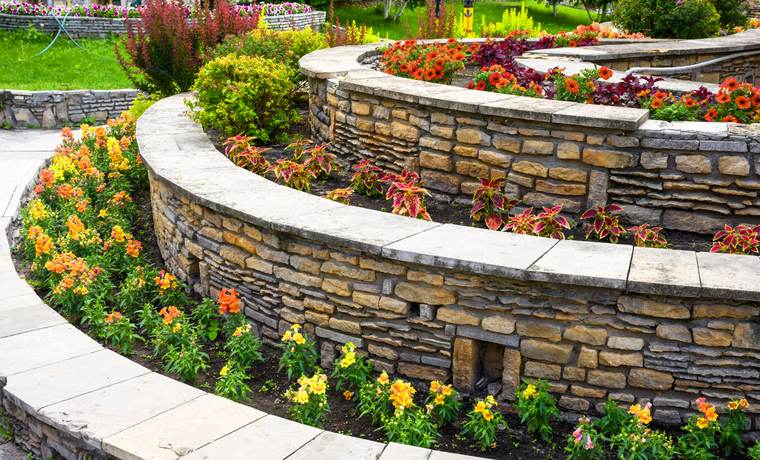Types of Retaining Walls to Install for Your TX Home

Retaining walls are more than just landscape features—they play a crucial role in managing soil, preventing erosion, and supporting structural integrity. With Texas weather ranging from drought to heavy rain, it’s essential to select a retaining wall that can stand up to environmental challenges. Durable retaining walls for Texas weather must be both functional and designed to complement your landscape. Homeowners in the Dallas–Fort Worth metroplex rely on James Bond Complete Foundation Repair for professional advice and retaining wall installation tailored to Texas conditions.
The Best Retaining Walls for Texas Homes
There are several types of retaining walls commonly used in residential settings. Choosing a retaining wall type depends on soil conditions, elevation changes, drainage needs, and aesthetic goals. Here are some of the most popular retaining wall options in Texas:
- Gravity retaining walls that rely on their own weight to hold back soil
- Cantilevered retaining walls with steel-reinforced concrete and structural footing
- Anchored retaining walls that use cables or rods driven into the soil for support
- Sheet pile walls made from steel, vinyl, or wood, ideal for tight spaces
- Segmental retaining walls made from interlocking blocks with no mortar
Choosing a Retaining Wall Type
Each of these types offers benefits depending on the layout of your yard and how much soil needs to be retained. The best retaining walls for Texas homes typically use concrete, stone, or block materials because they are long-lasting and weather resistant. In addition to material, the design and installation technique are critical. A poorly constructed wall may shift, crack, or collapse under pressure. Proper drainage is also key. Without it, water can build up behind the wall and cause structural failure over time.
The Retaining Wall Installation Process
When planning retaining wall installation in TX, it’s important to work with professionals who understand soil conditions, load-bearing requirements, and local code. The installation process generally includes:
- Site evaluation and soil testing
- Design and selection of wall types and materials
- Excavation and preparation of the foundation
- Drainage system integration (such as weep holes or gravel backfill)
- Stacking or pouring wall components and backfilling
- Final grading and finishing for appearance and stability
Call Us for Retaining Wall Installation in TX
Retaining walls serve both functional and decorative purposes. Whether you’re managing a slope in your backyard or protecting the perimeter of your foundation, there are retaining wall solutions that will match your needs and local conditions. Need expert help choosing and installing the right retaining wall for your property? James Bond Complete Foundation Repair is here to help. Contact us today for trusted retaining wall installation in the Dallas–Fort Worth area. We’ll guide you through every step of the process for a lasting and effective solution.
